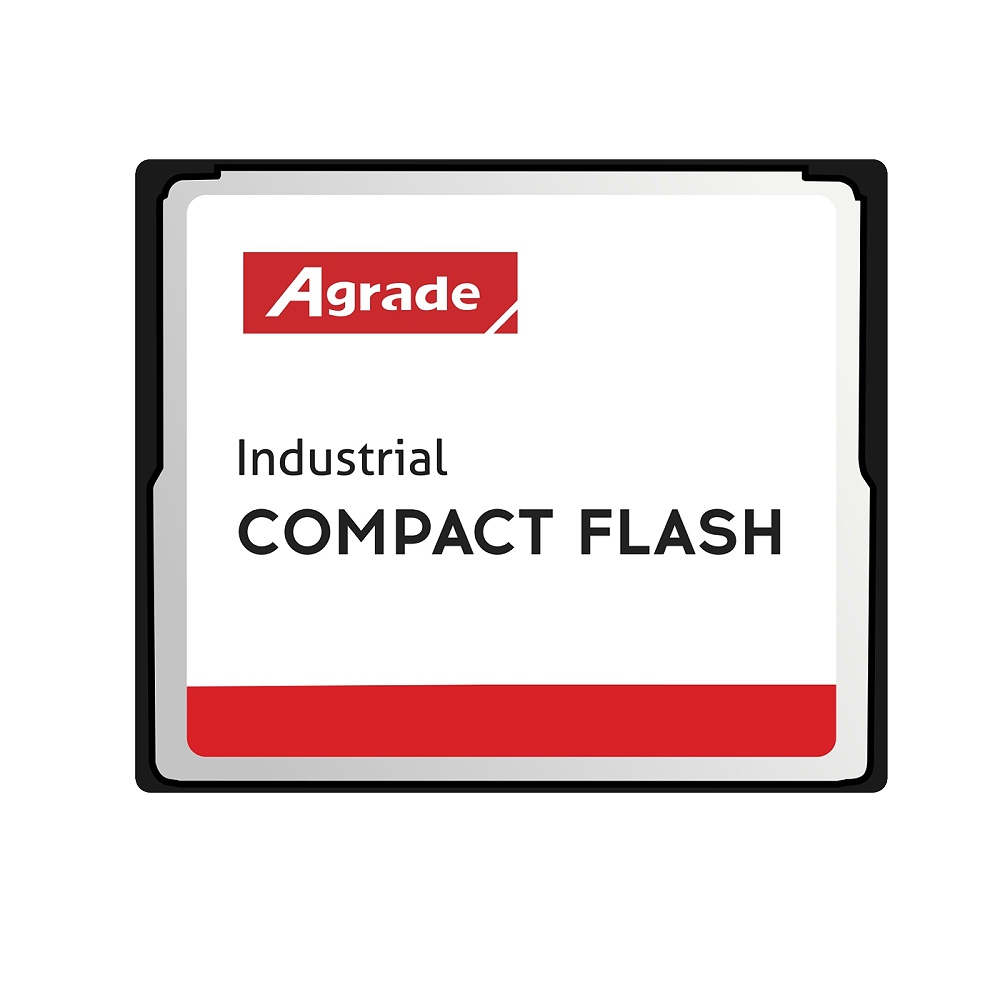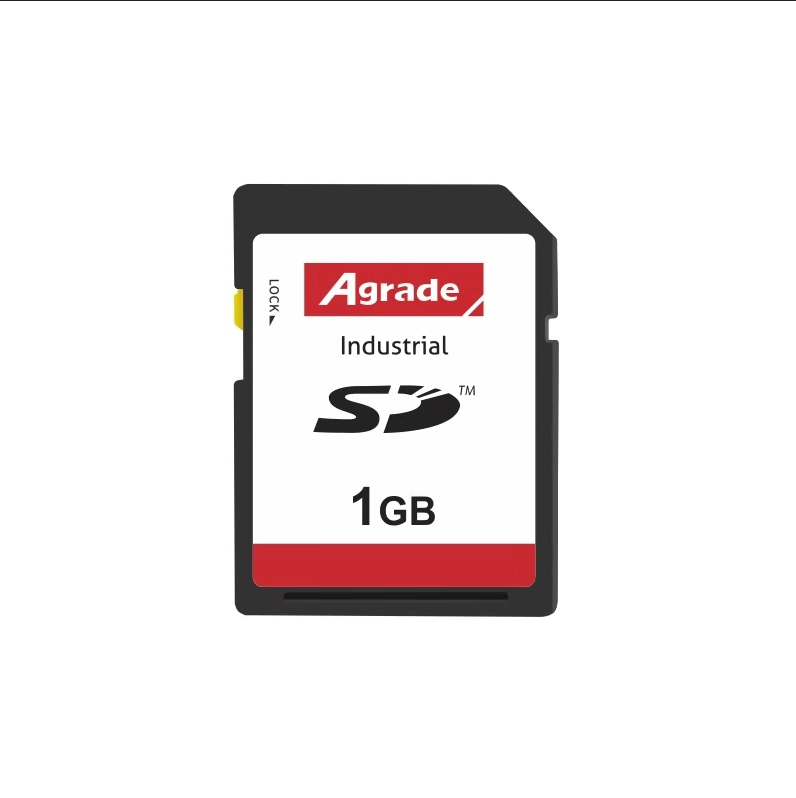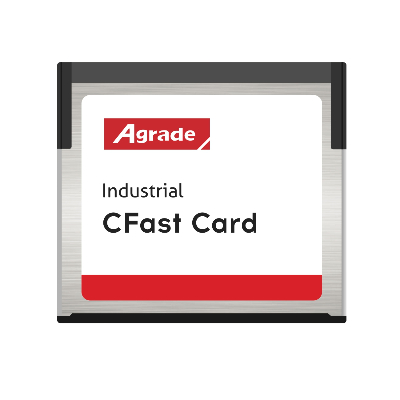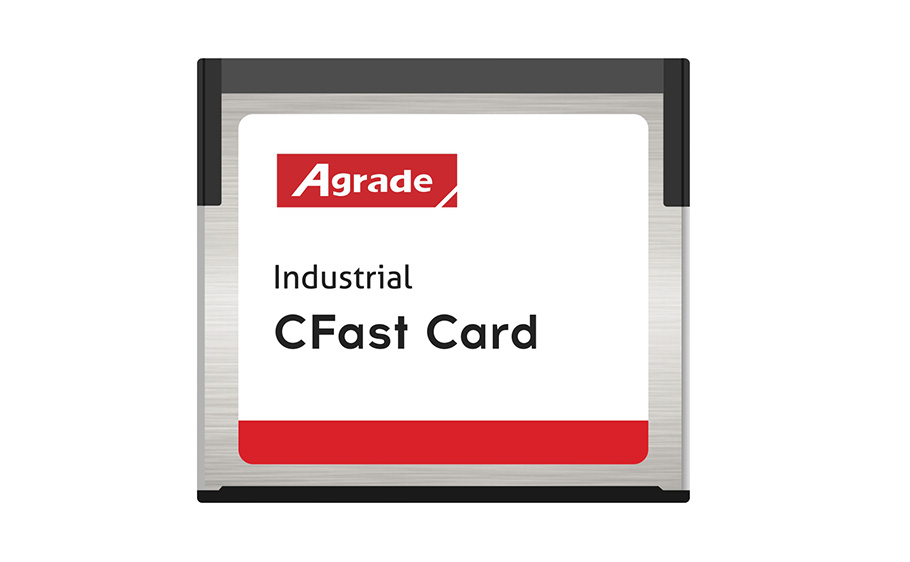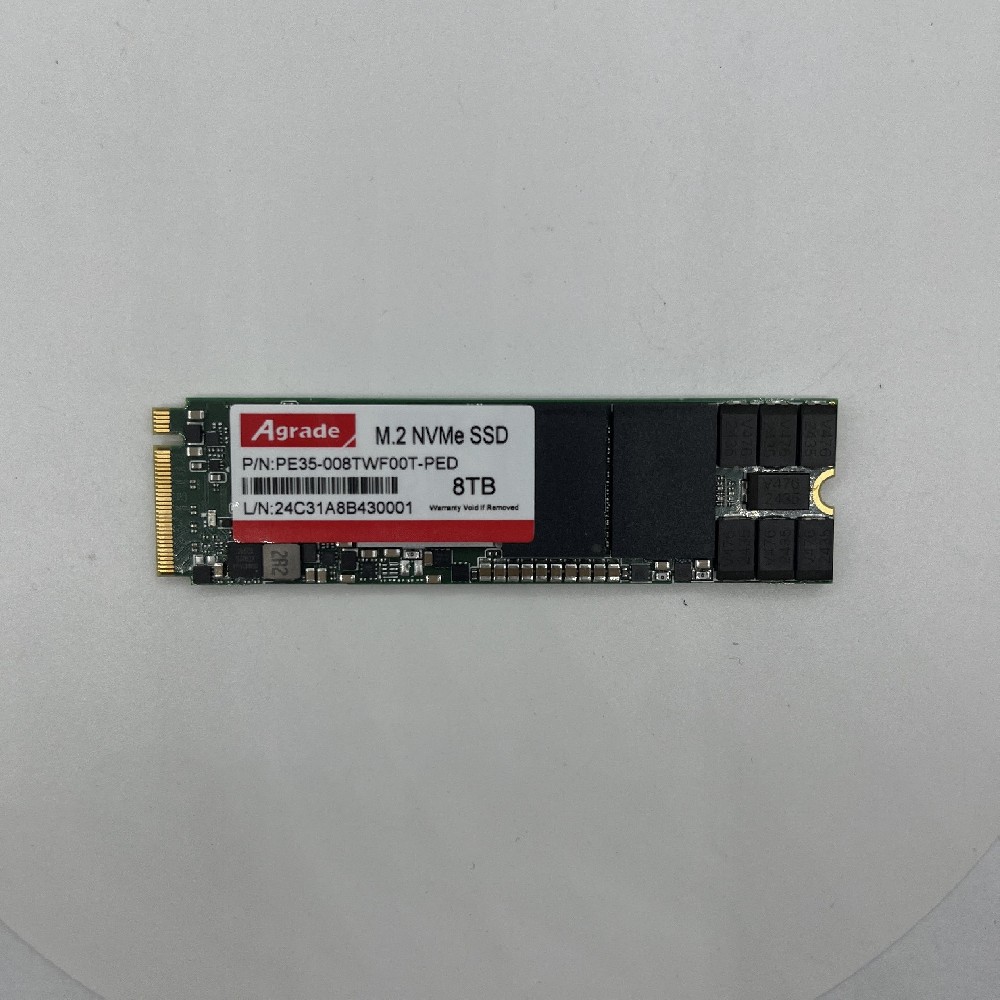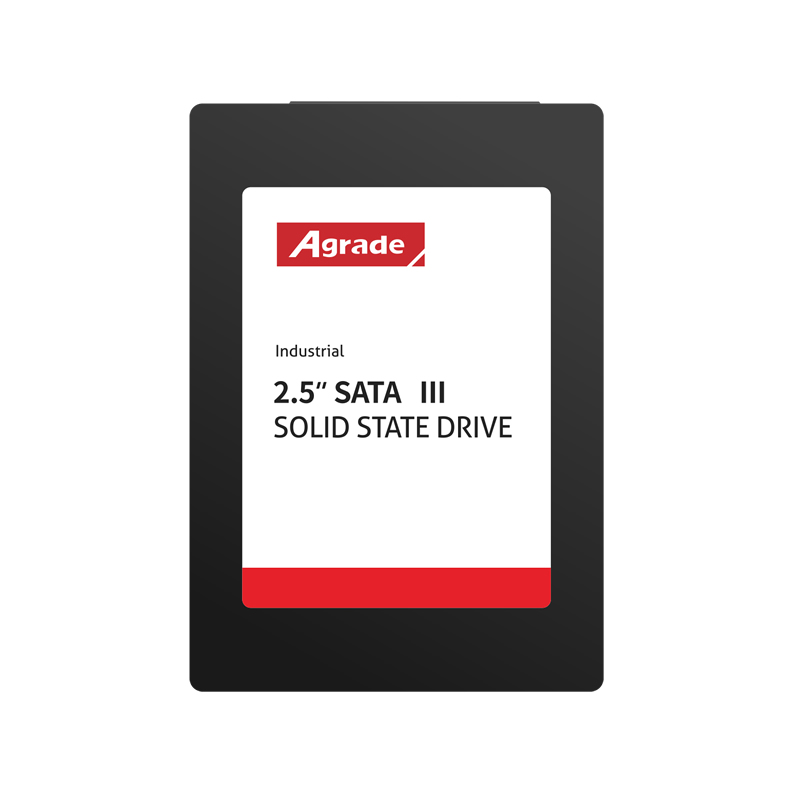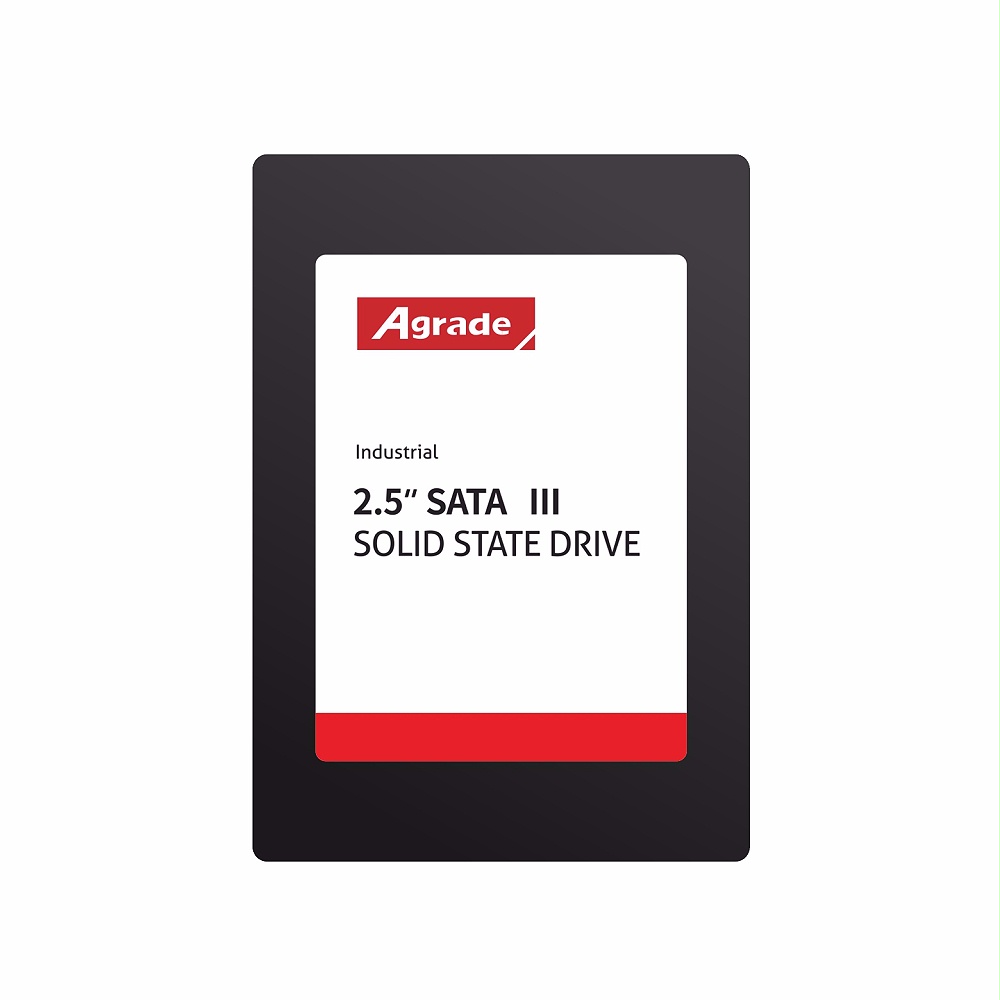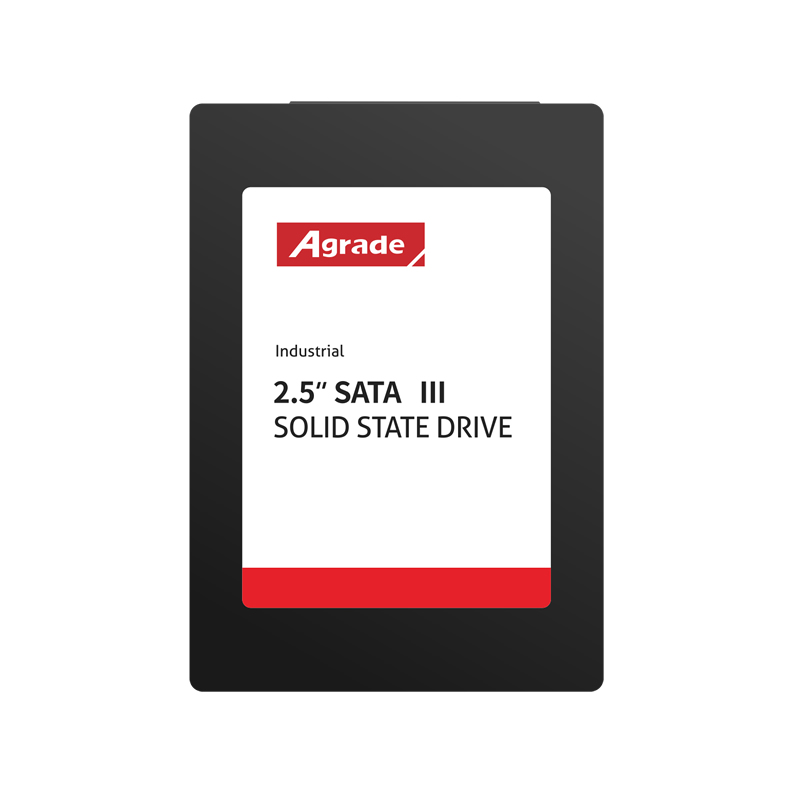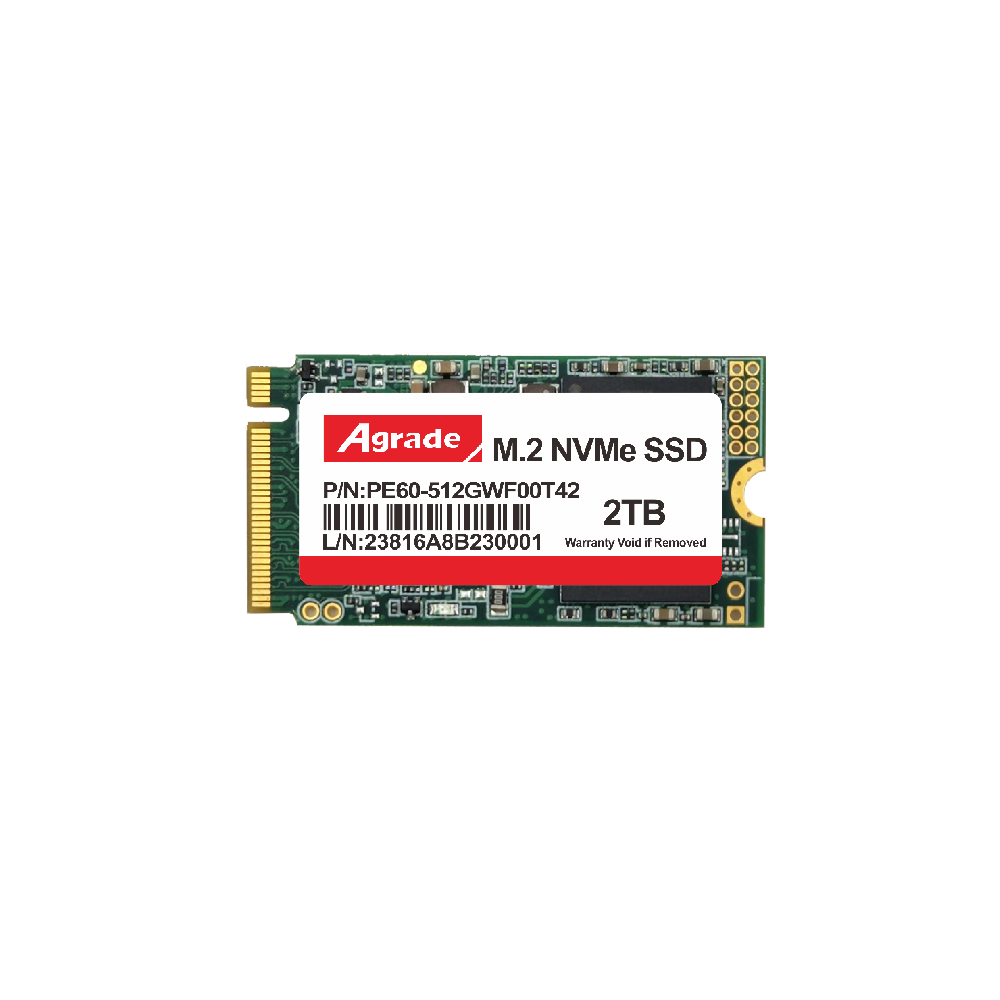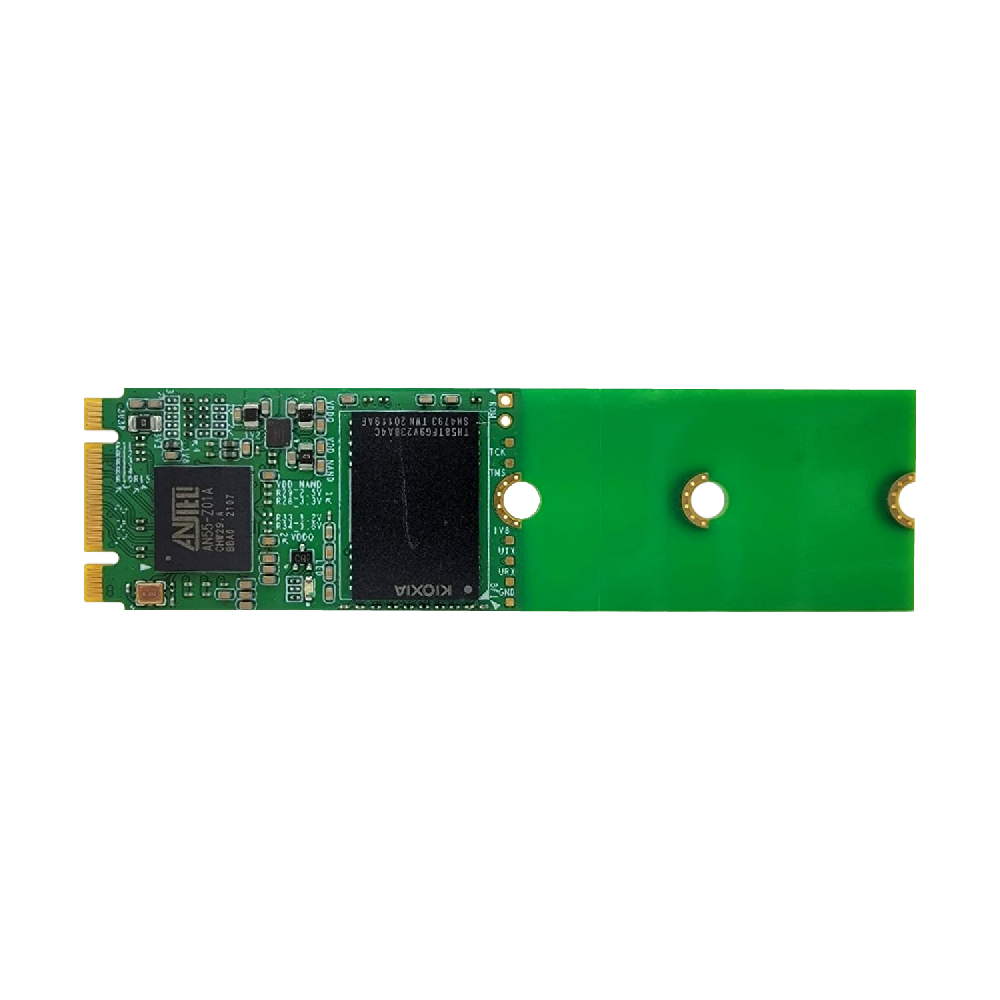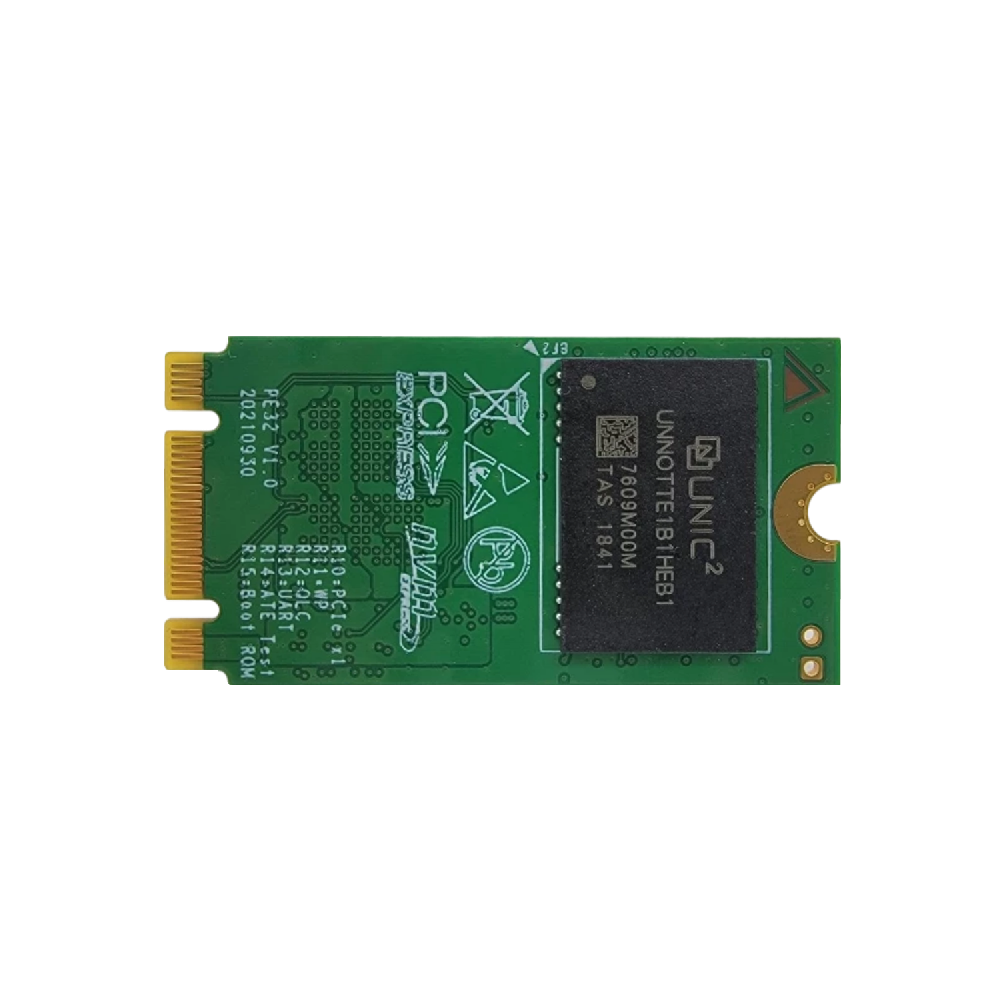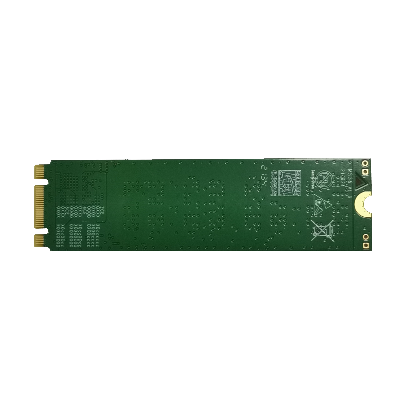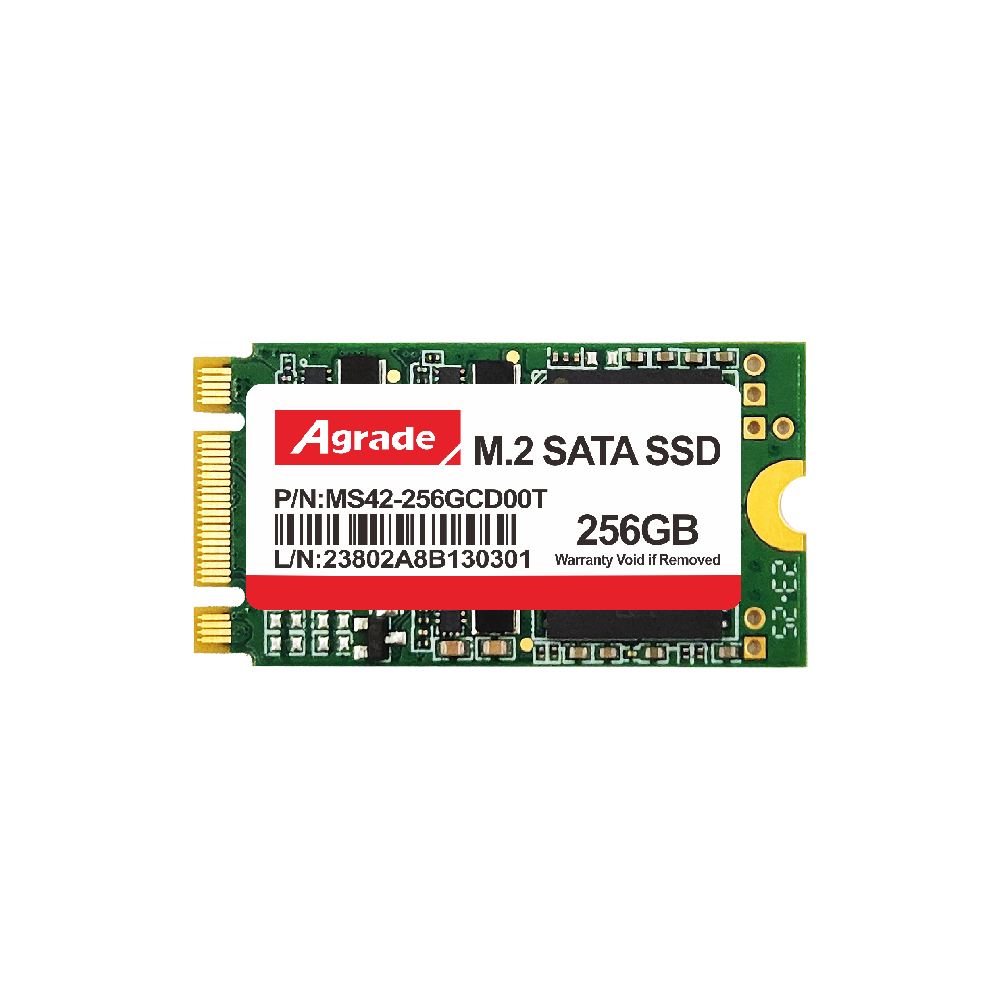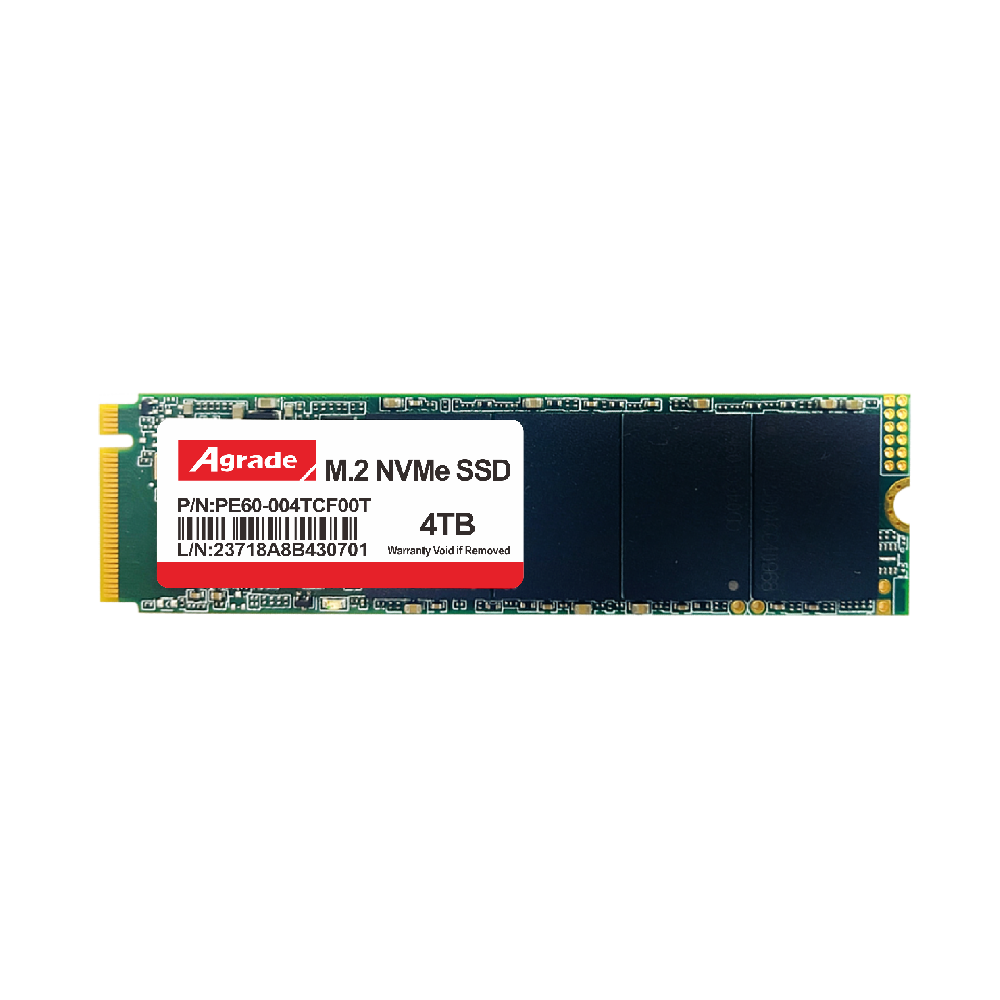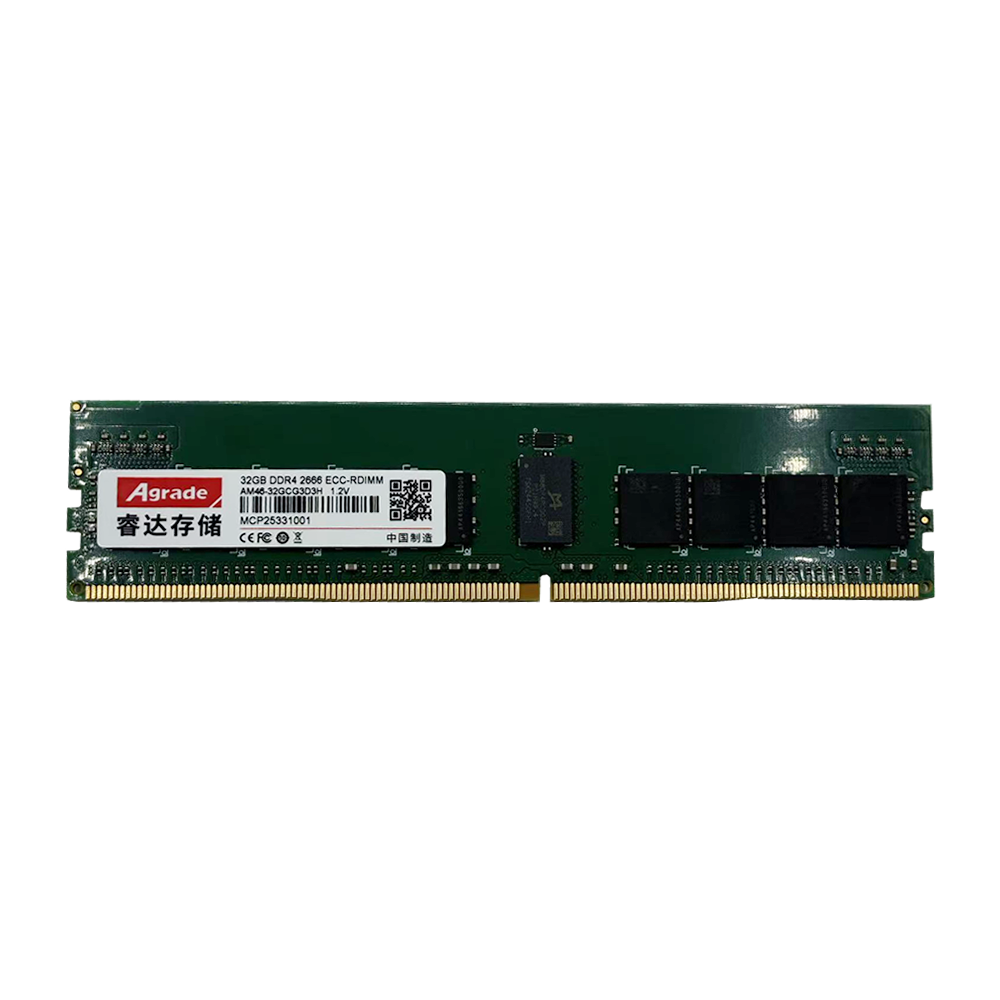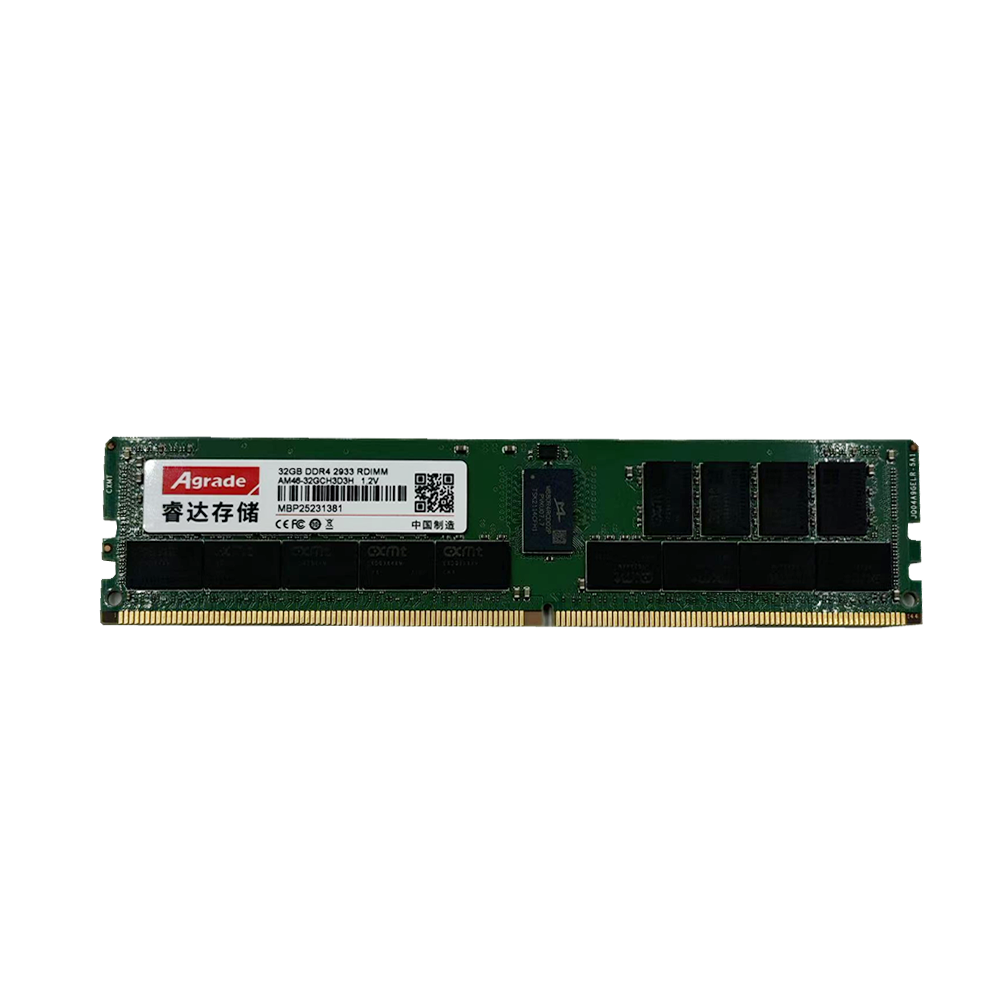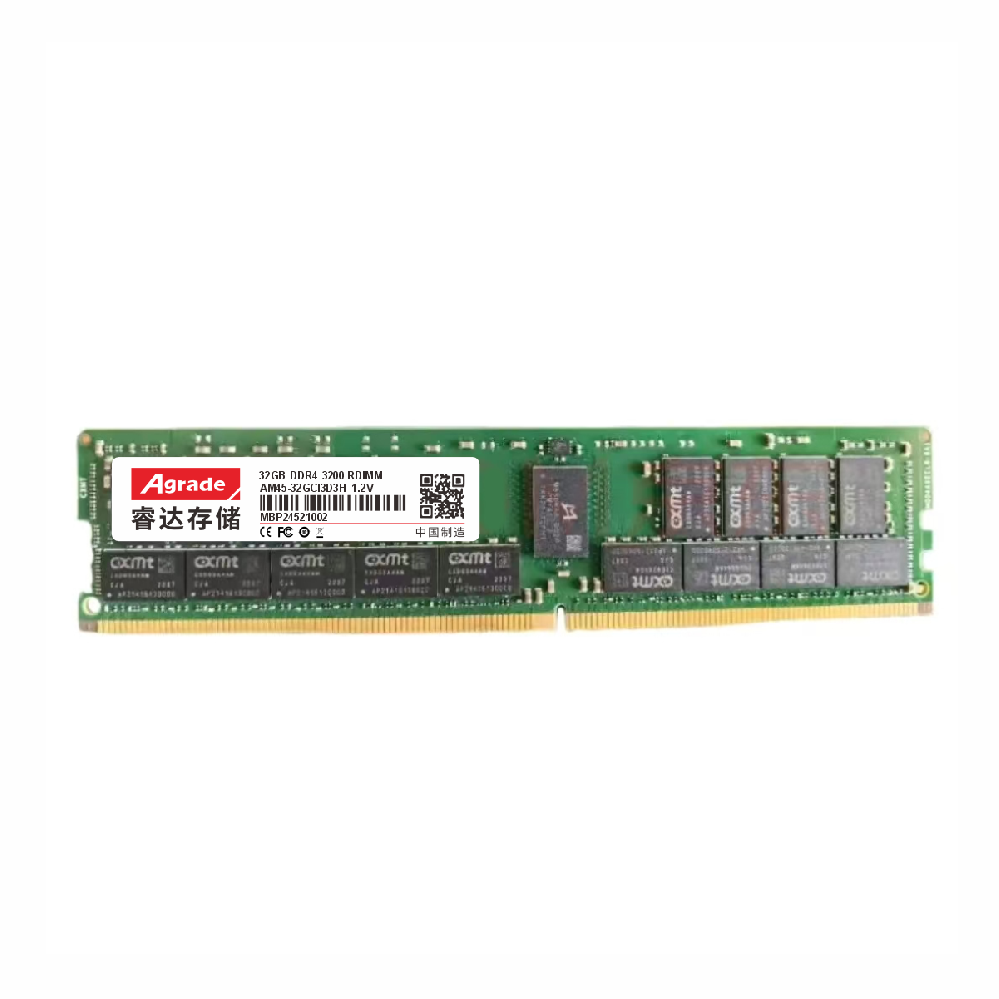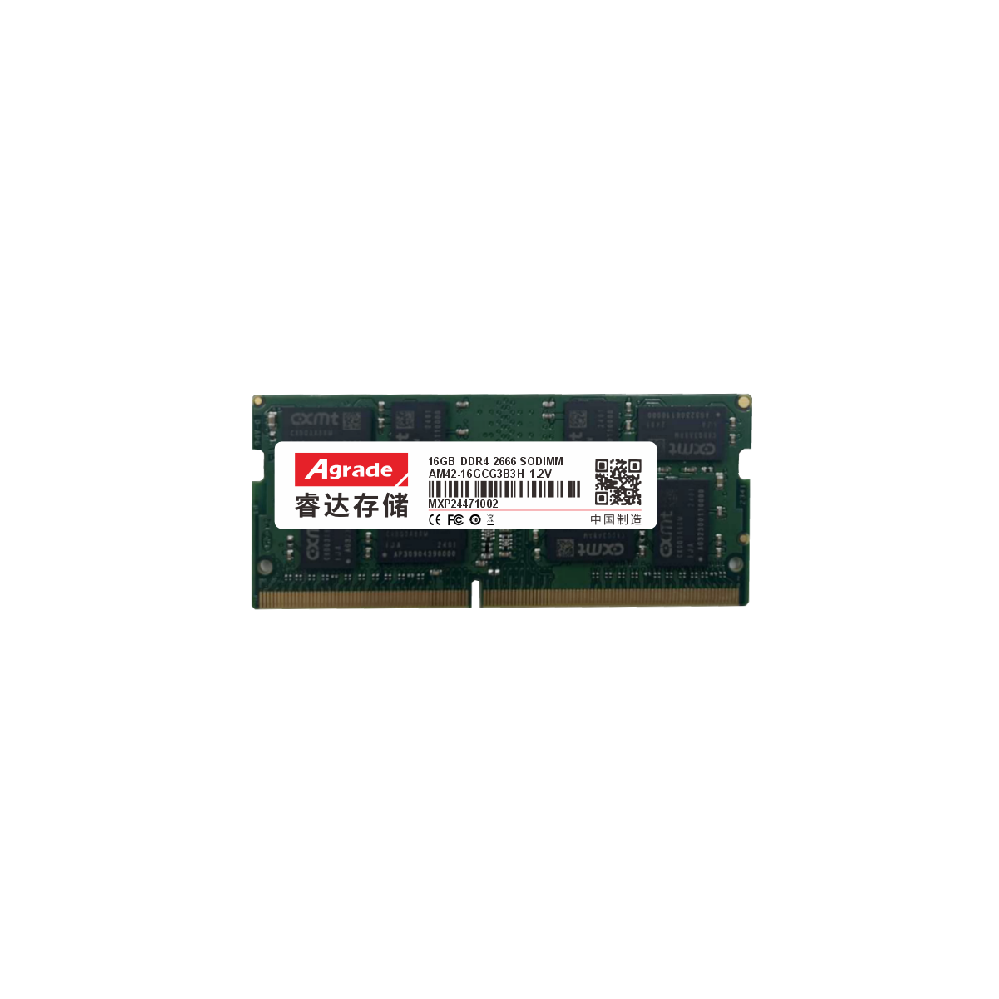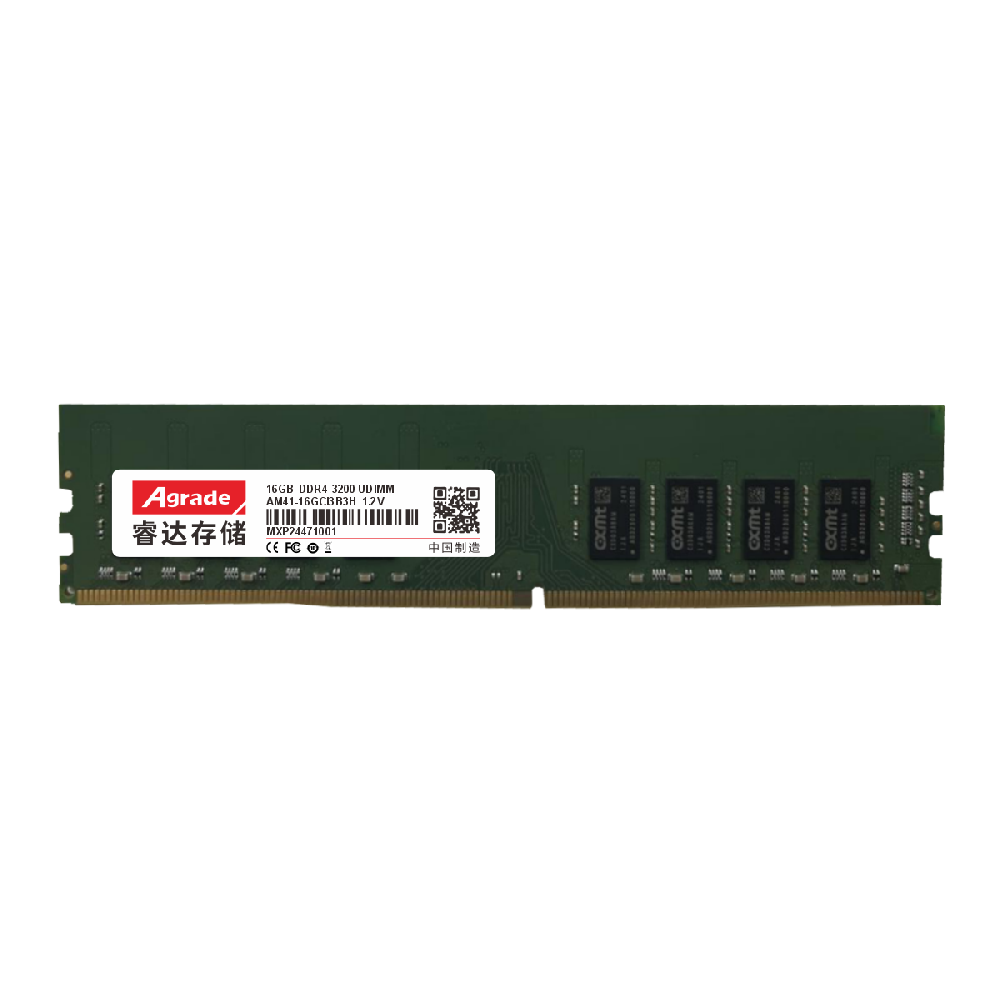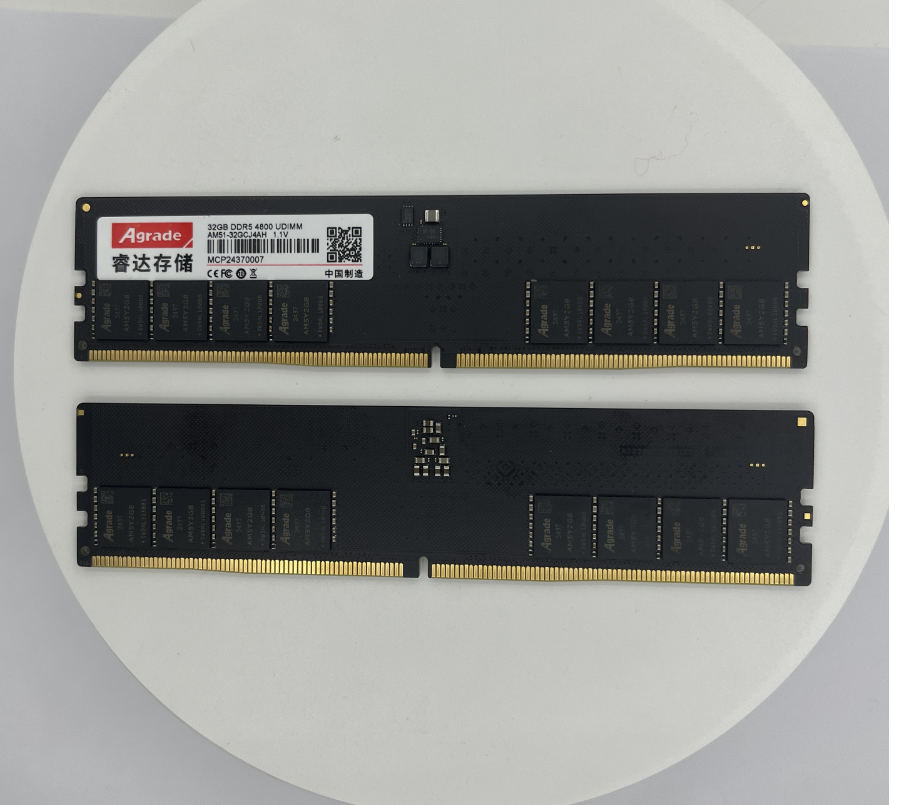

News
 电商部
电商部  2025-11-13 10:38:09
2025-11-13 10:38:09 Which is better between mSATA solid state drive and SATA solid state drive?
When choosing a solid state drive (SSD), users often encounter the choice between mSATA and SATA interfaces. Both have their own characteristics and advantages, suitable for different application scenarios.
MSATA solid state drive, also known as Mini SATA SSD, is a small solid-state drive interface. Its biggest feature is its small size, which is very suitable for devices with limited space, such as laptops, ultrabooks, and tablets. This miniaturized design allows OEM manufacturers to save space in device design while maintaining high-performance storage solutions. MSATA SSD is compatible with standard SATA interfaces and can be seamlessly used in existing SATA supported systems without the need for additional adapters or converters. In addition, mSATA technology is already very mature, with a large number of product choices in the market and relatively low prices. However, the data transfer speed of mSATA interface is limited by SATA bandwidth, with a maximum of about 6 Gbps, which may not meet the requirements of high-performance applications.
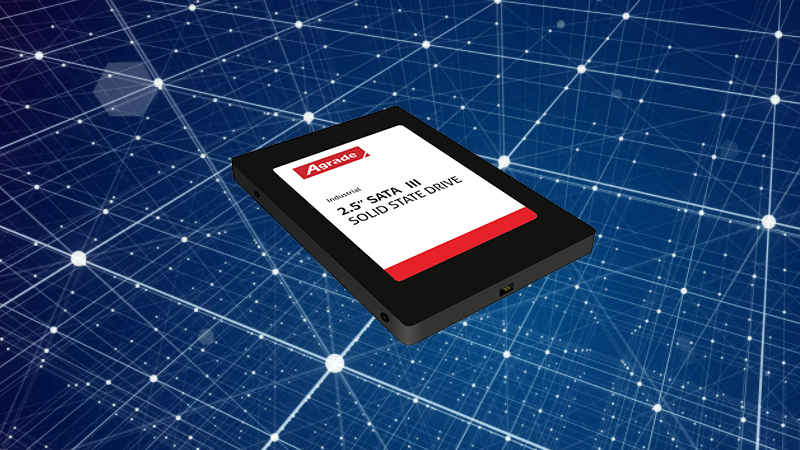
In contrast, SATA solid state drives, also known as Serial ATA SSDs, are a type of traditional hard drive interface. It adopts a standard rectangular interface form and is a common hard disk interface on most computer motherboards. SATA SSDs have high-capacity storage options, mature and stable technology, relatively low prices, and are very suitable for storing large amounts of important data. In terms of data reliability, SATA SSDs perform well and are very suitable for application scenarios that require long-term stable operation. However, due to the presence of mechanical components (although SSDs do not have mechanical moving parts, this refers to traditional HDDs compatible with SATA interfaces), traditional SATA hard drives may have slower read and write speeds and are susceptible to physical shocks and vibrations. But in the SSD form, the SATA interface provides stable performance and wide application compatibility.
In terms of application scenarios, mSATA SSDs have shown advantages in mobile applications due to their small size and low power consumption, making them very suitable for devices with limited space and high-performance storage requirements. SATA SSD is more suitable for desktop computers, large computers, or scenarios with a large demand for data storage, such as industrial automation control systems, machine vision systems, traffic monitoring systems, etc. In these applications, SATA SSDs can provide fast and reliable data access, ensuring efficiency and accuracy.
Overall, mSATA and SATA solid state drives each have their own characteristics and advantages, and the choice mainly depends on specific application requirements and device types. Finding a balance between performance, compatibility, cost, and size is the key to choosing the most suitable SSD.

